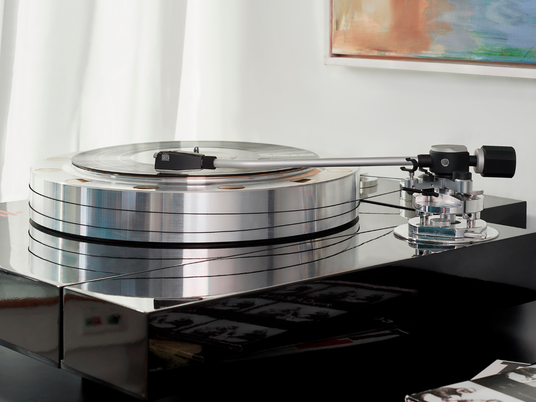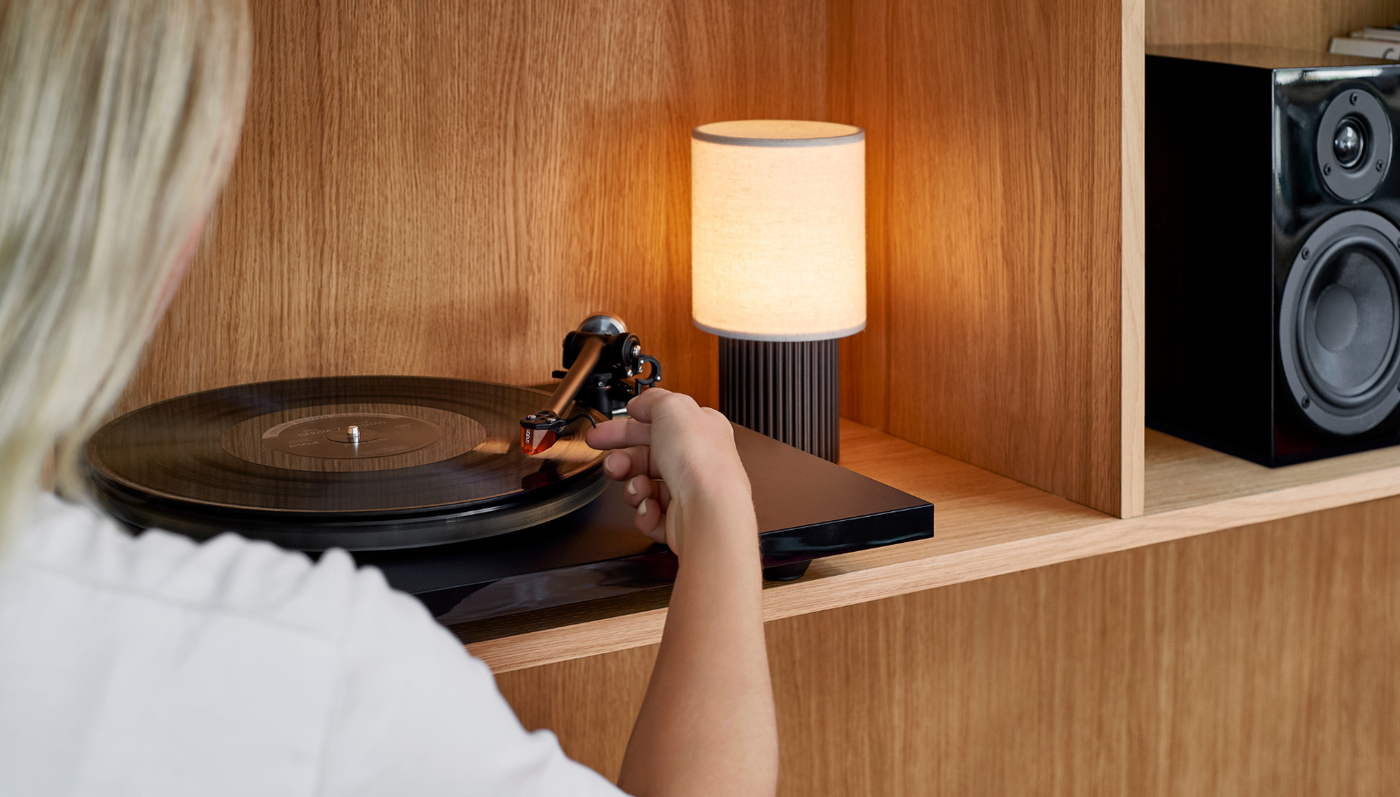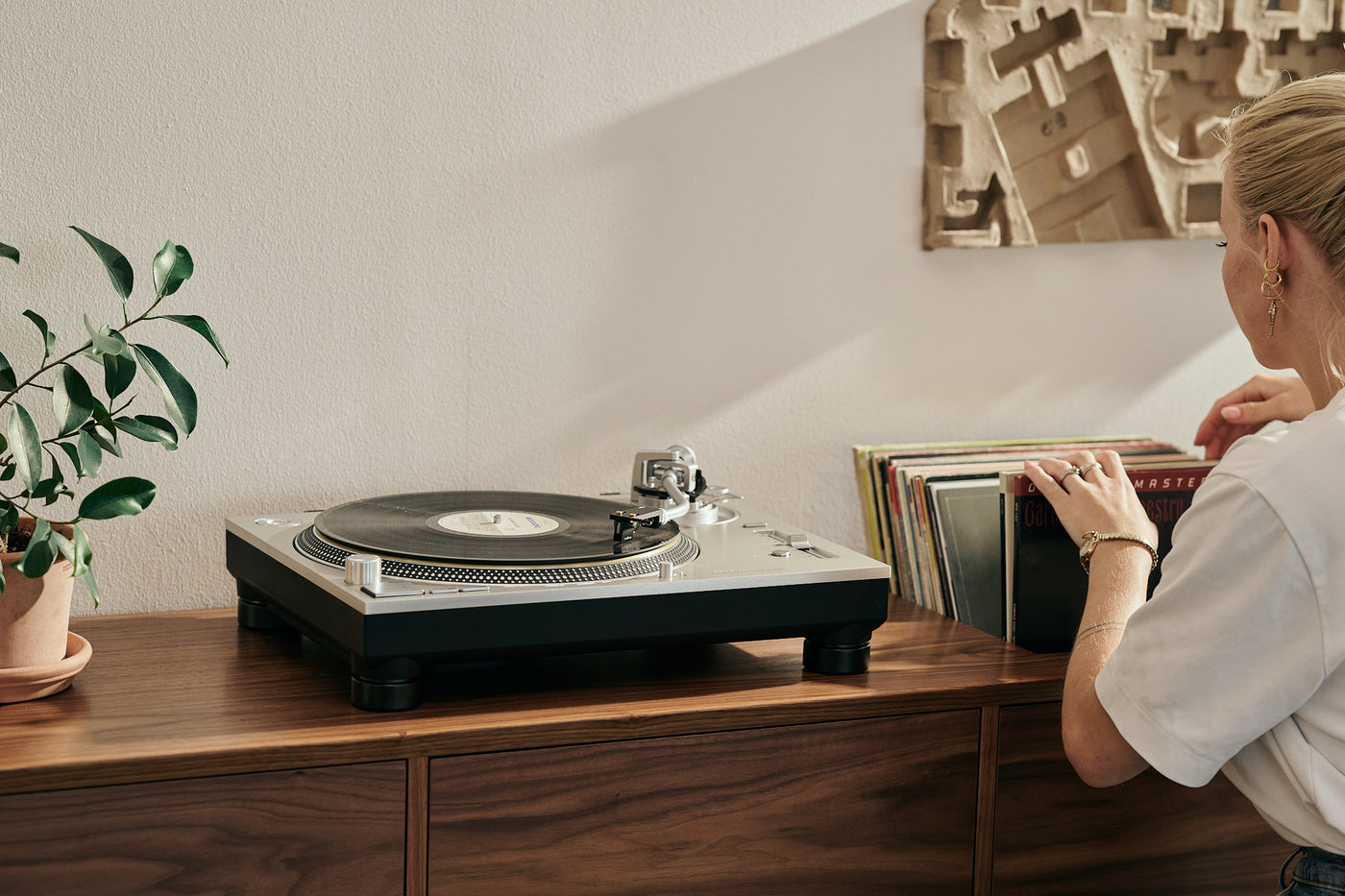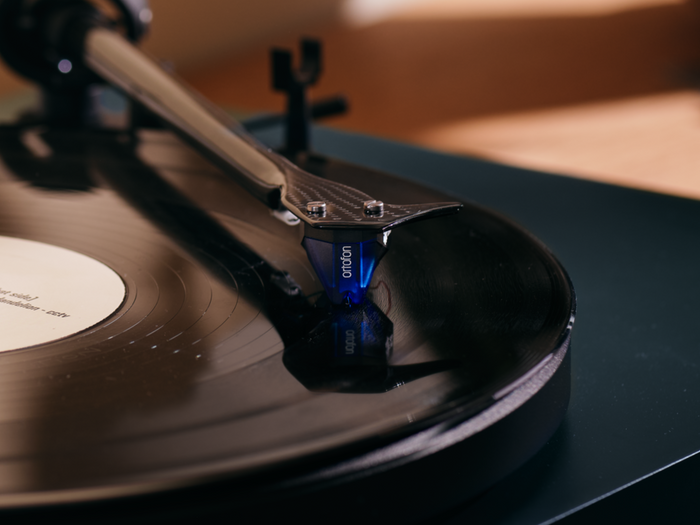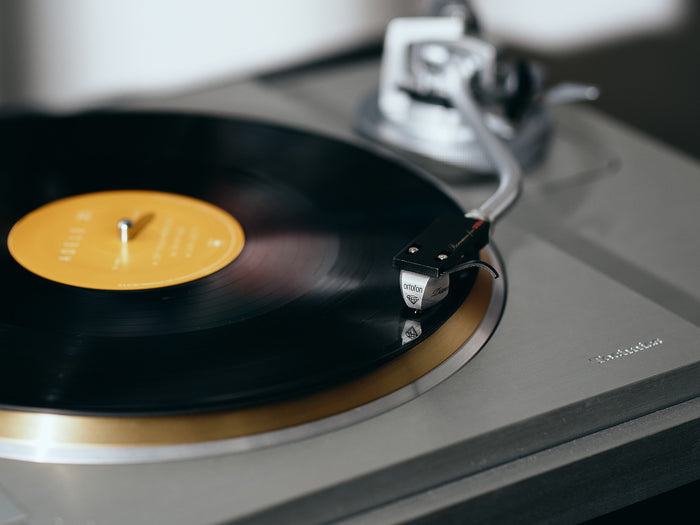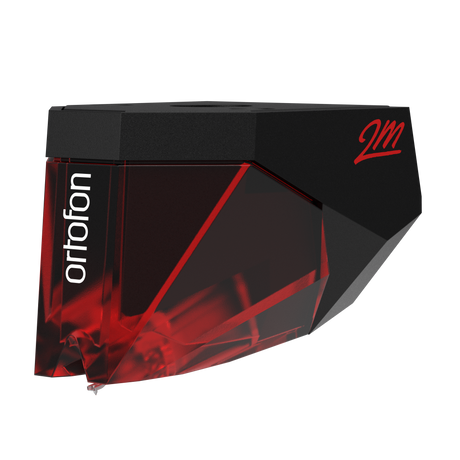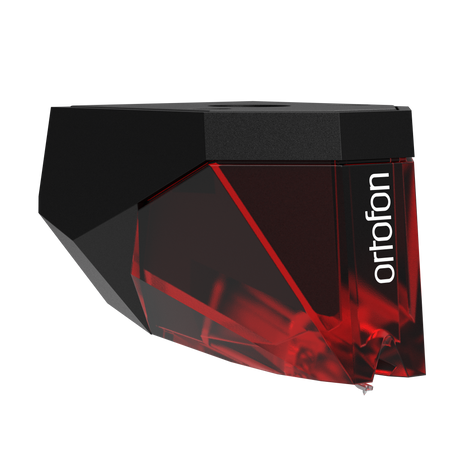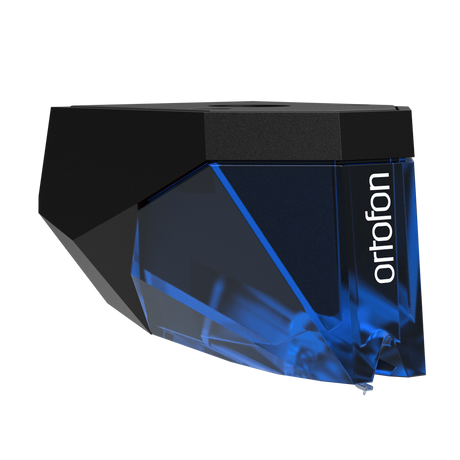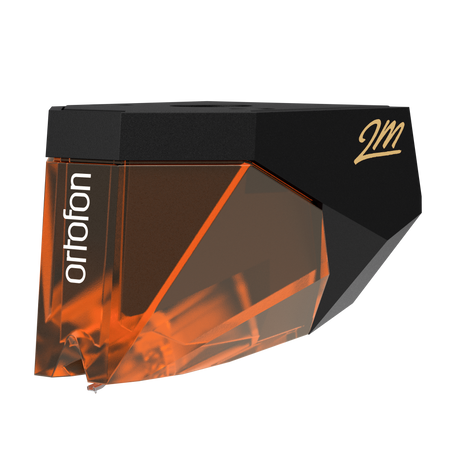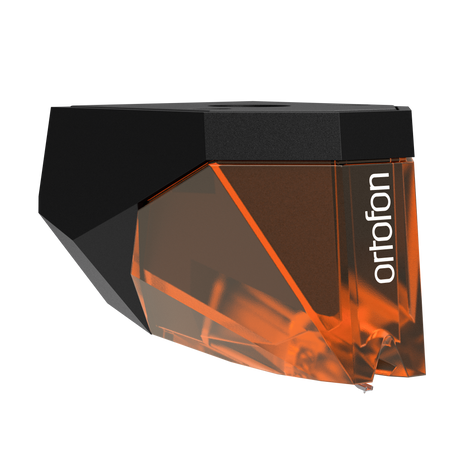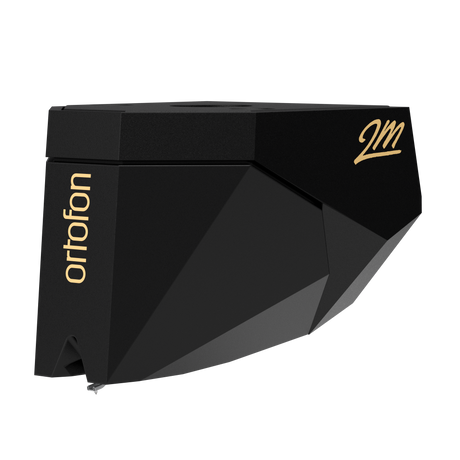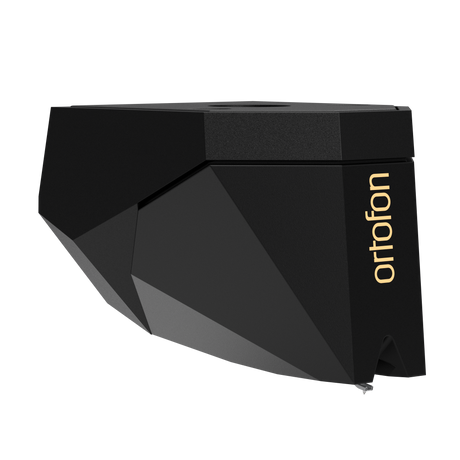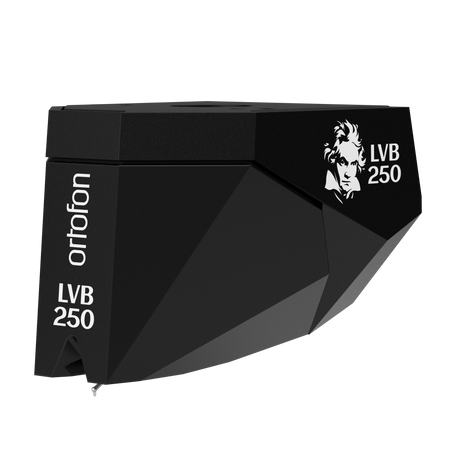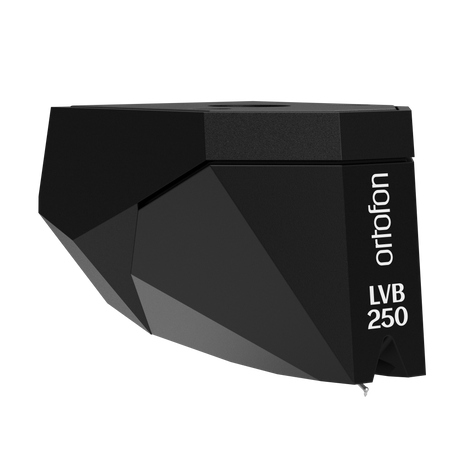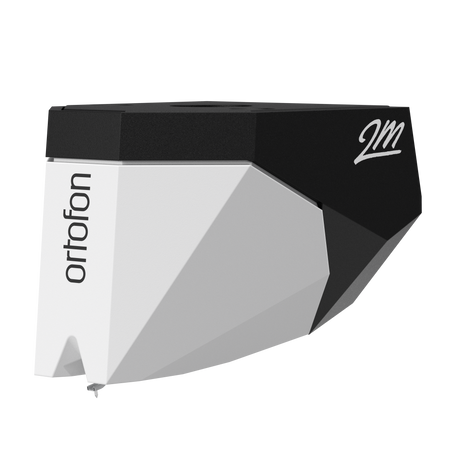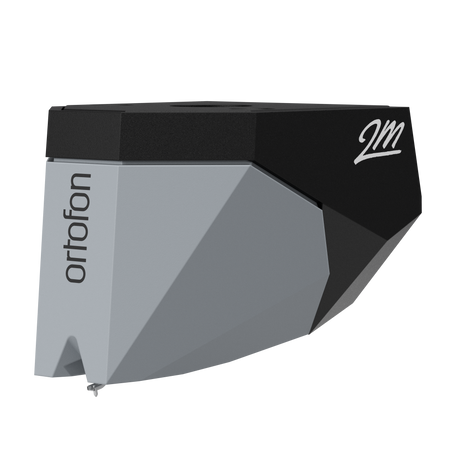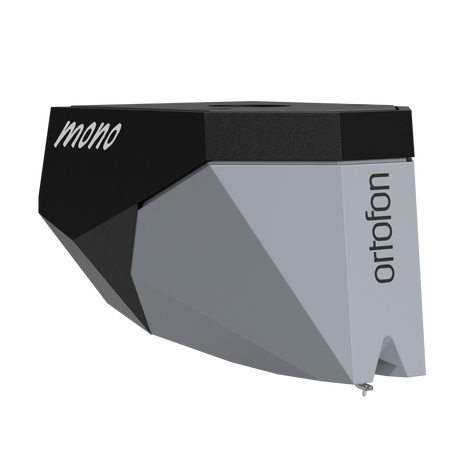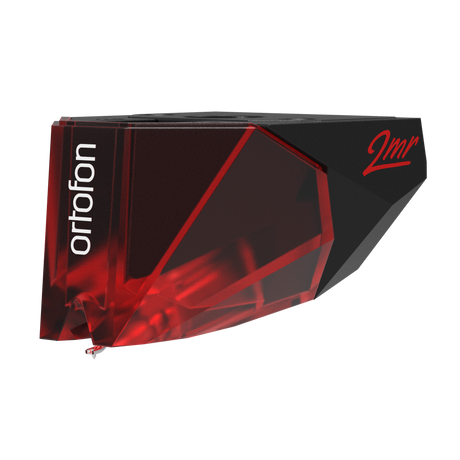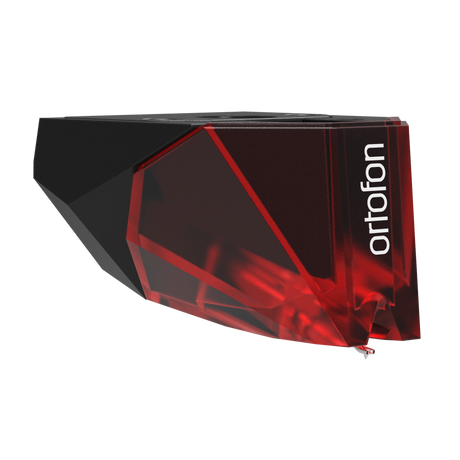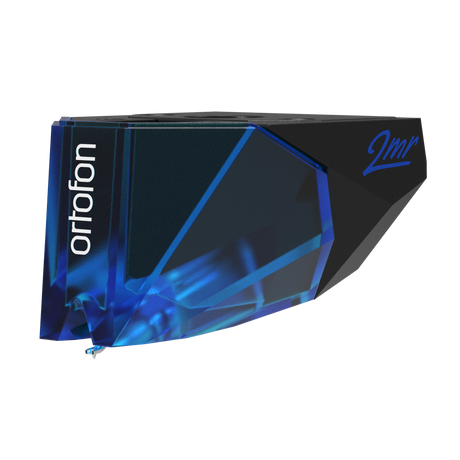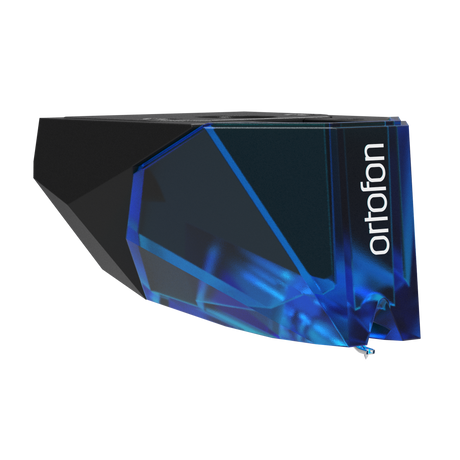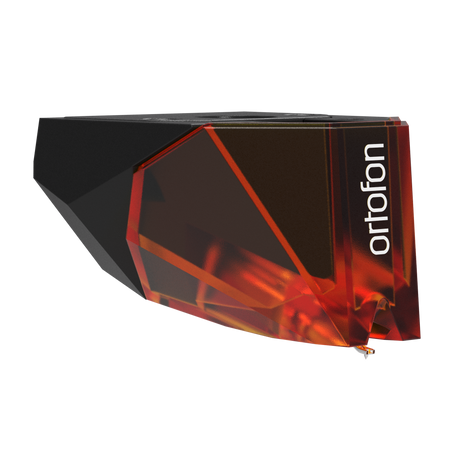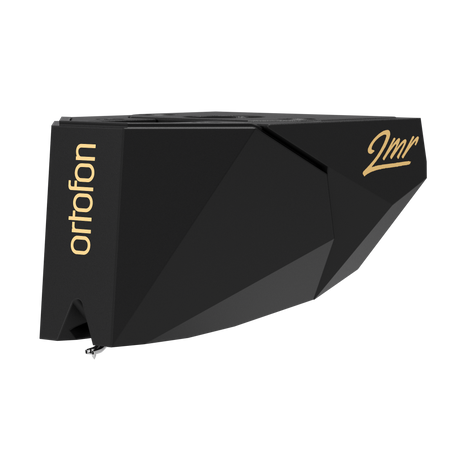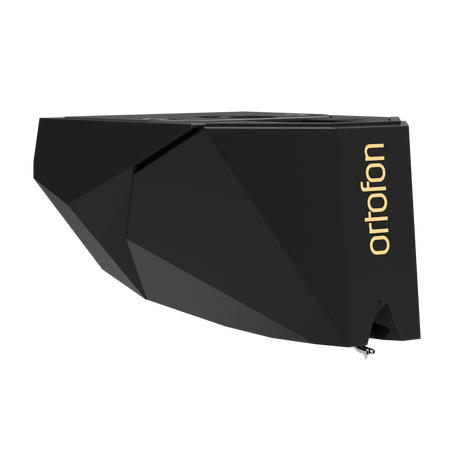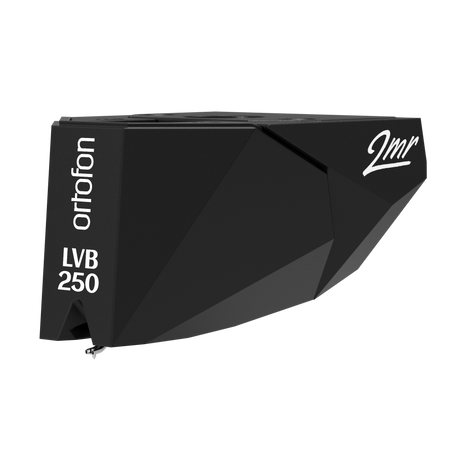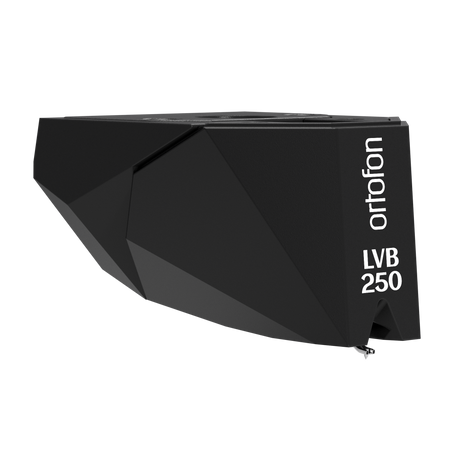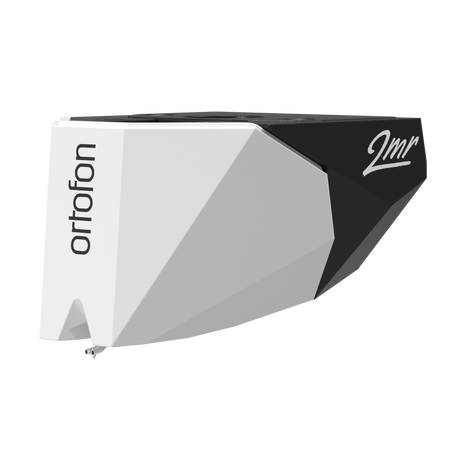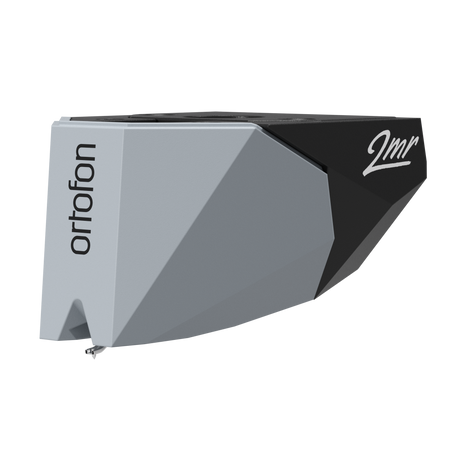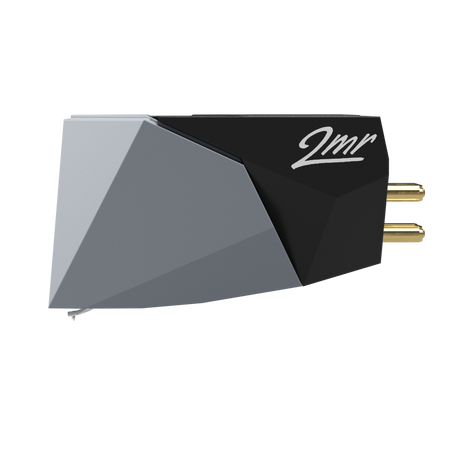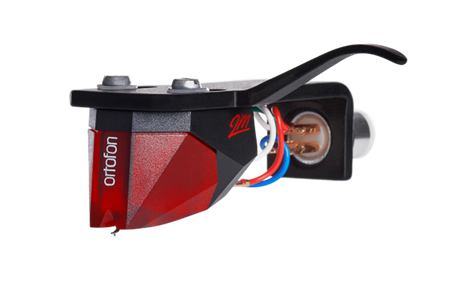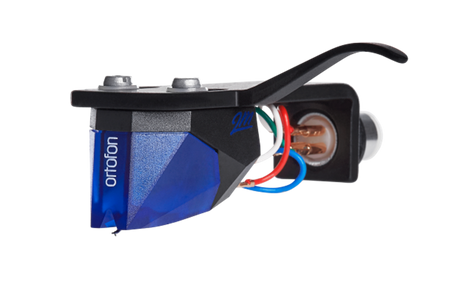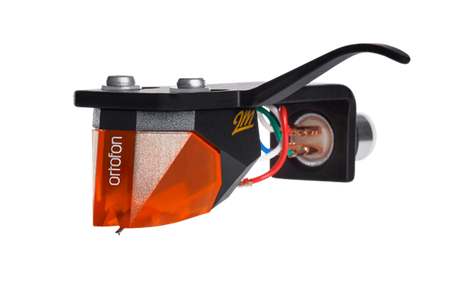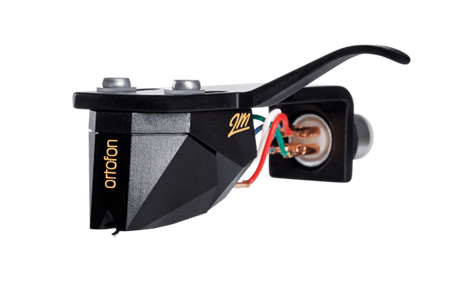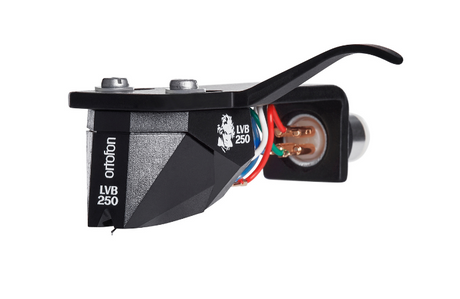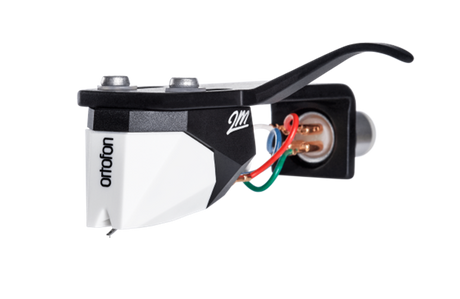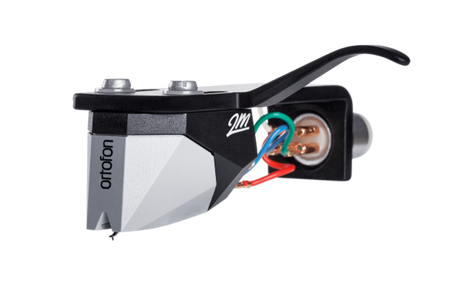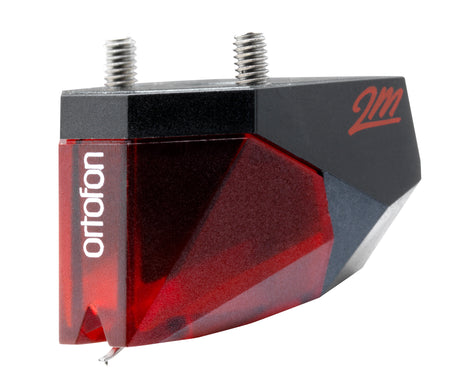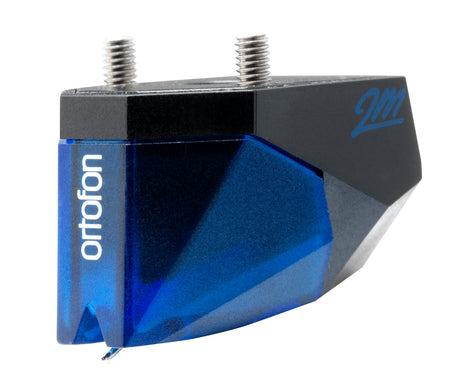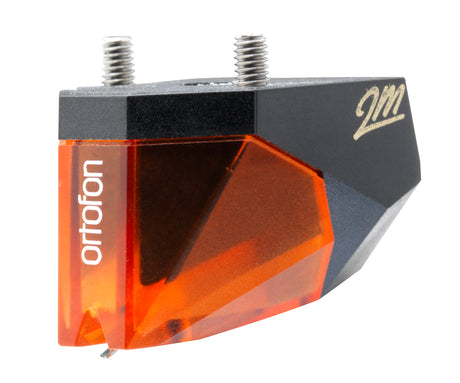The impact of cartridges on your audio experience
The responsibility
of the cartridge

Find what you need
Select replacement cartridges
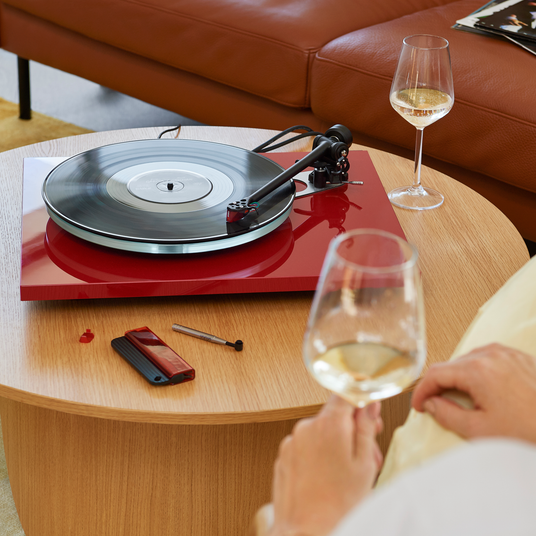
Choosing the
right cartridge
Choosing the right cartridge is about finding the solution that best matches your setup, needs, and preferences. There are several factors to consider - from technical compatibility to which cartridge type performs best in your system.
You can start by using the tool above, where you select the brand and model of your turntable. We've already matched a wide range of turntables with compatible cartridges from our lineup. If you don’t find what you're looking for using the tool, just keep reading.
In the following sections, we’ll guide you through the key considerations to help you make the right choice with confidence.
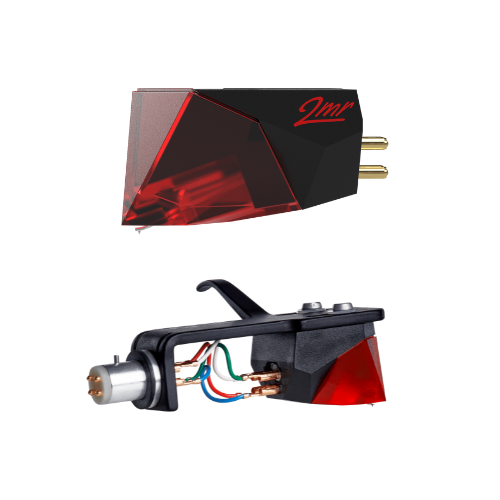
Will any cartridge fit any turntable?
While many turntables are compatible with a wide range of cartridges, it's essential to check compatibility before making a purchase. Turntables may have specific requirements regarding cartridge type, mounting style, and tonearm compatibility. Before buying a cartridge, consult your turntable's manual or manufacturer's specifications to ensure compatibility.
Consider the format and connector type: Half-inch mount cartridges have larger pins connecting to four individual wires at the tonearm's end, secured with two screws spaced 1/2” apart. Direct baronet connector cartridges plug directly into the tonearm's end, secured with a single screw.
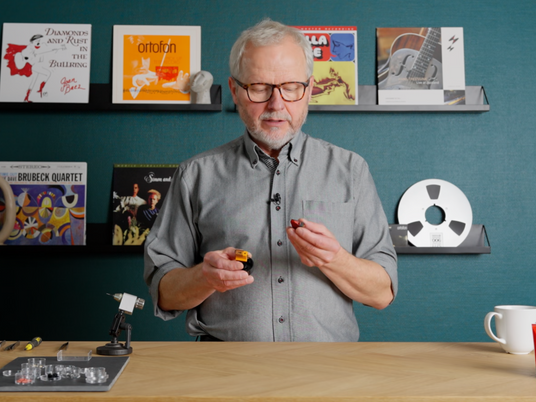
Moving Coil or Moving Magnet?
How do I choose
the right cartridge?
Learn more about cartridge types
Dive into the
world of cartridges
world of cartridges
-
![]()
Discover why Moving Magnet cartridges continue to be a popular choice among vinyl enthusiasts.
-
![]()
Explore Moving Coil cartridges and why they are preferred by audiophiles worldwide.
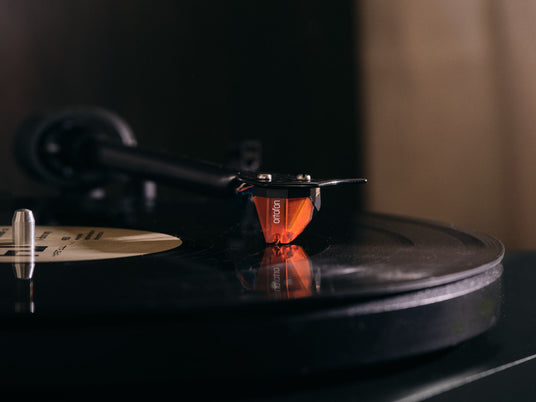
Diamonds
Tipped or Nude Stylus?
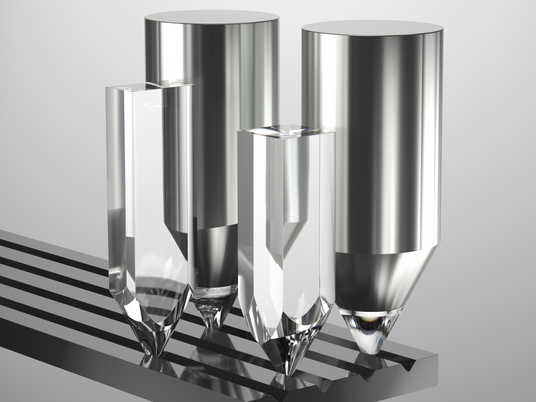
Getting into the groove
Diamond shapes
Matching Cartridges
with Tonearms
